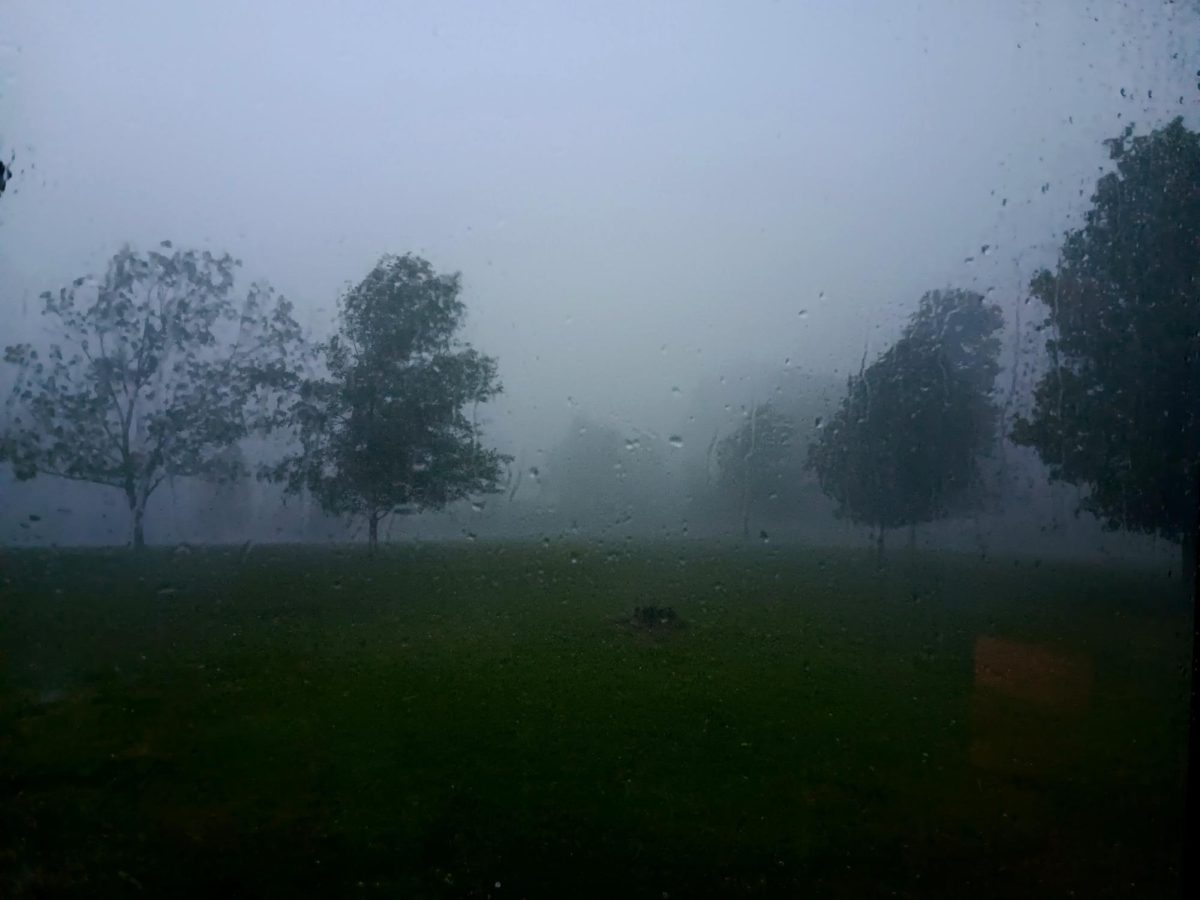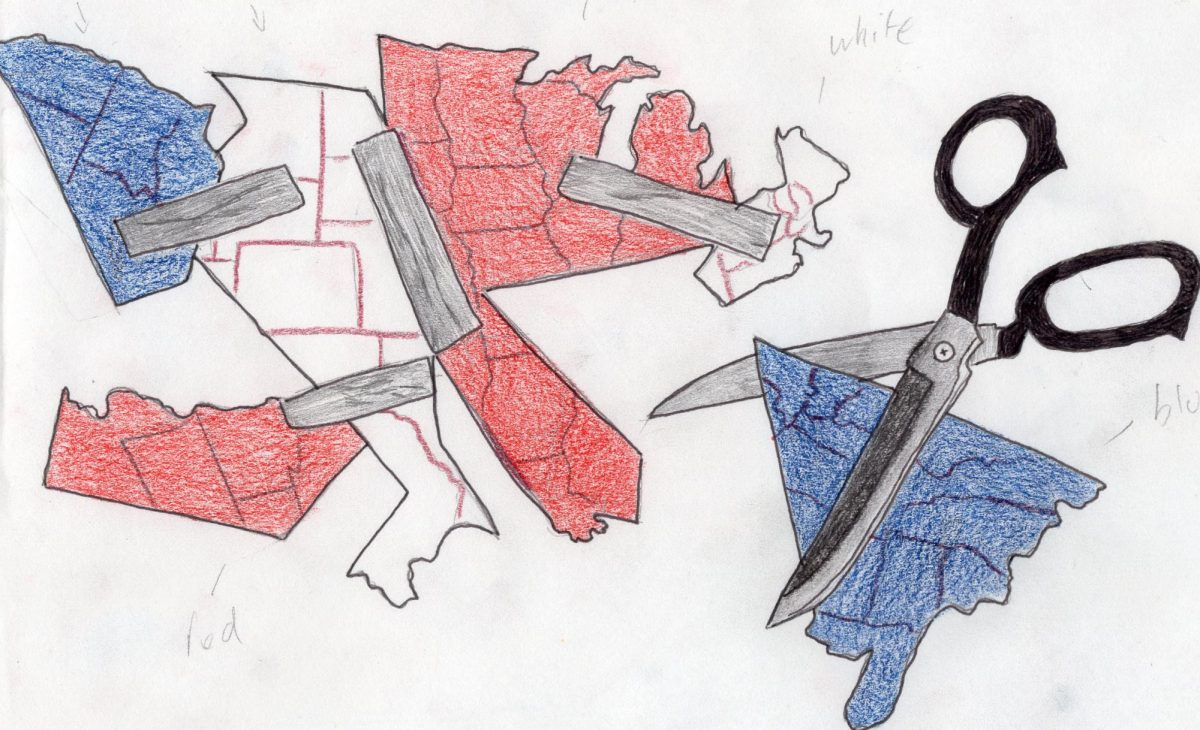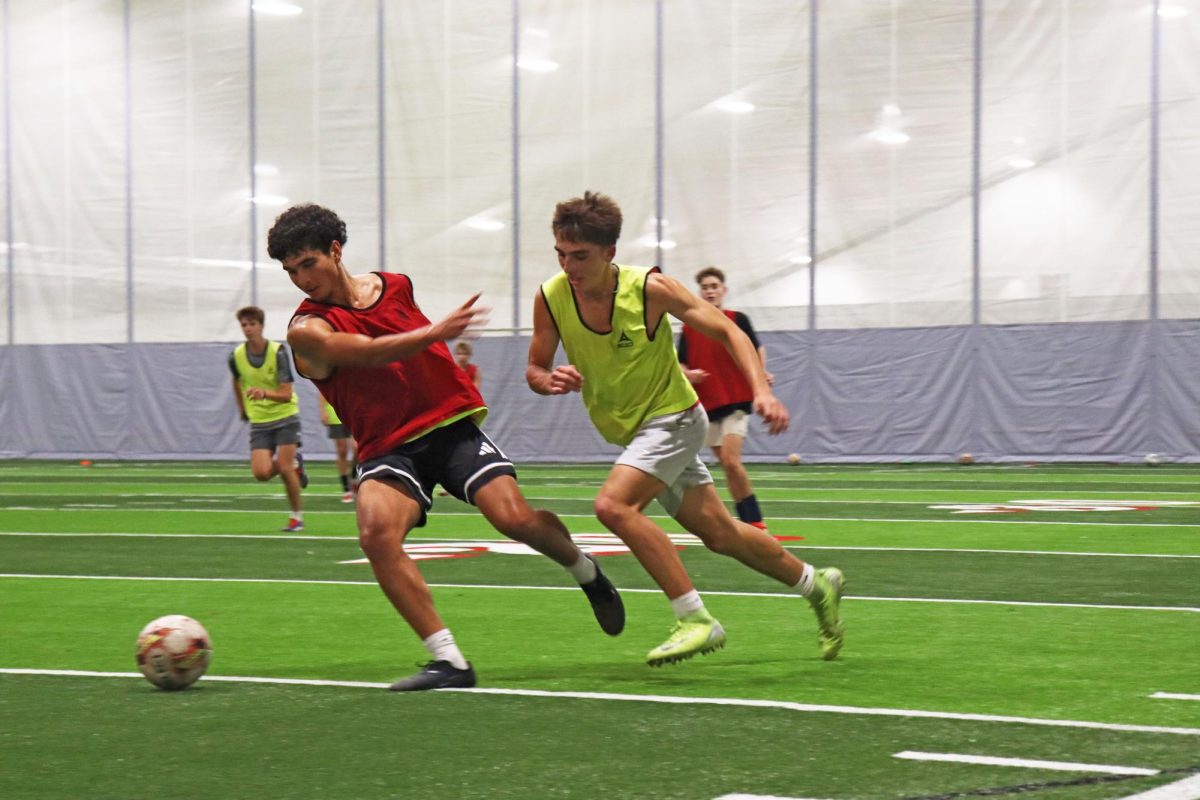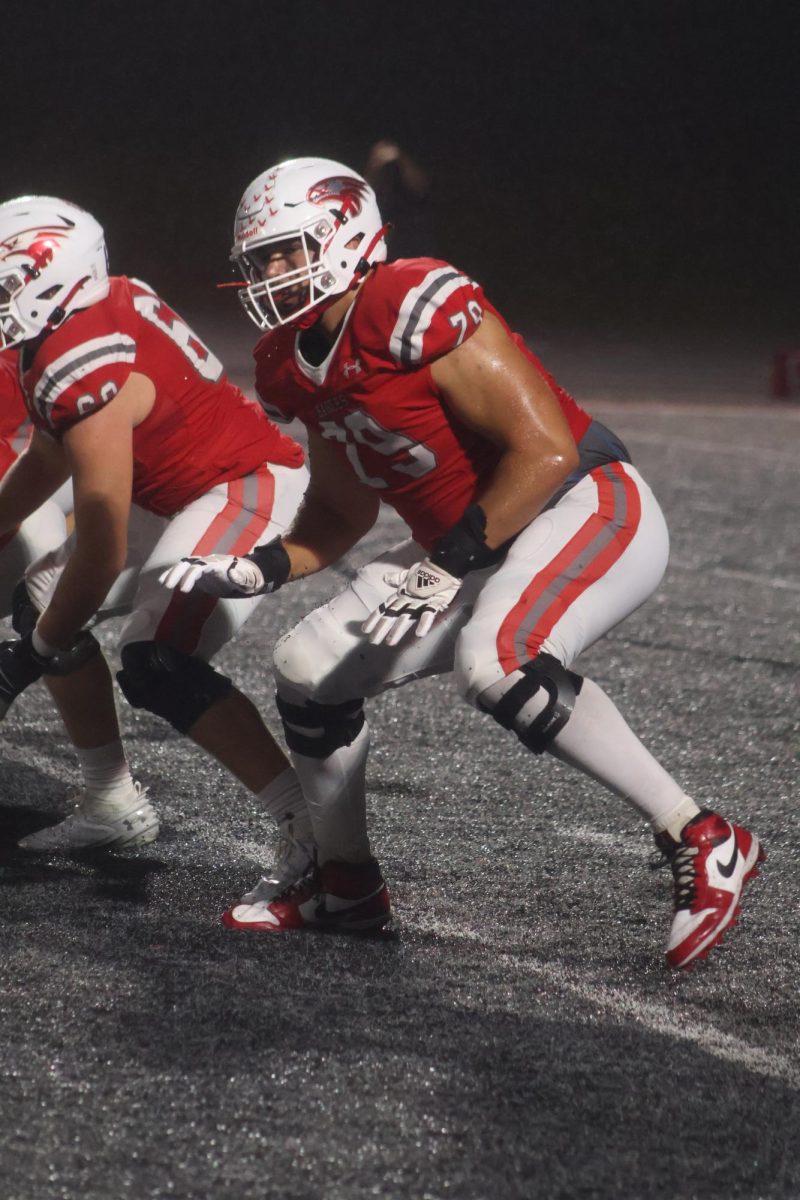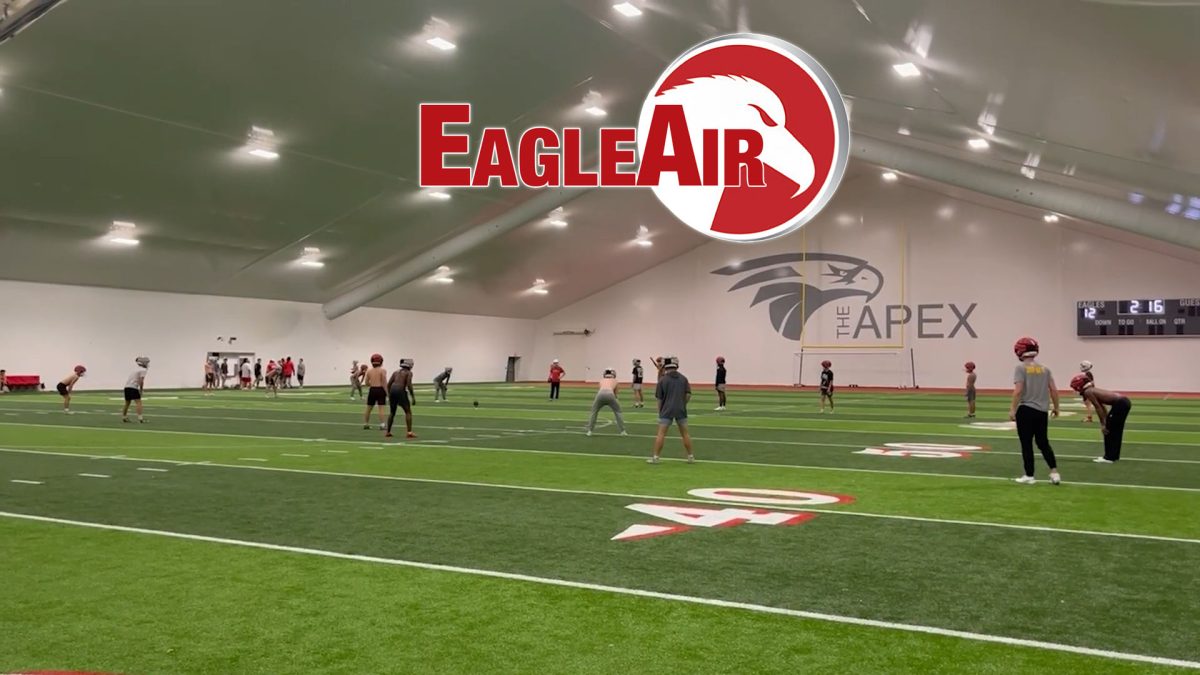Taking shelter in a secure place and having supplies such as sturdy shoes and a first aid kit can help people prepare for severe and dangerous weather. Nixa High School also has plans in place to keep students safe.
Missouri is very close to what is known as “tornado alley,” the region of the United States where most tornadoes occur. Tornadoes are especially likely to form during the spring, when warm and cold air fronts collide.
“During the spring, two air masses meet on the Great Plains: a cold, continental polar air mass that spills off the Rocky Mountains or down from Canada and a warm, continental tropical air mass that pushes north from the Gulf of Mexico,” said Whiteny Rapp, Earth Science teacher at Nixa High School. “These two air masses collide in the Midwest where the warm, humid air gets pushed up very quickly as it
meets the cold air. This lift causes the water vapor in the warm air to condense quickly, forming severe storms.”
Cegan Hansen, an Ozark resident, has experienced several tornadoes and wind storms: a direct hit from the May 10, 2008, tornado in Granby and from the Joplin tornado May 22, 2011 in Wentworth, as well as a derecho (land hurricane) on June 29, 2023, in Nauvoo, Illinois.
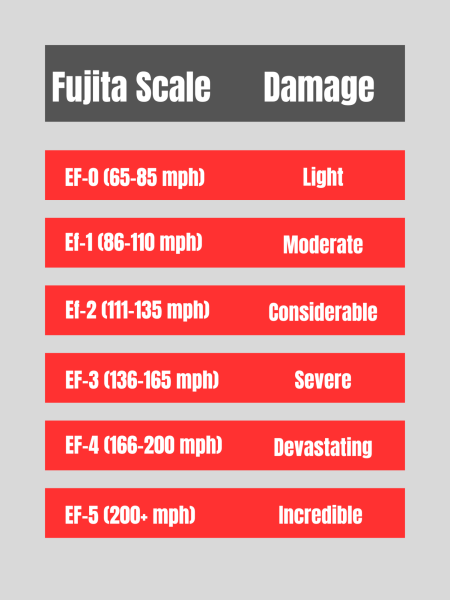
“I used to not really pay much attention to the weather at all,” Hansen said, “After being caught off guard during the May 10 tornado and scrambling to get our family to safety in the crisis, I started paying more attention to the weather. I started watching the weather even more closely after the Joplin tornado.”
Using a reliable weather source to keep an eye on the forecast can help you be aware of severe weather threats.
“[The] NOAA, National Oceanic and Atmospheric Association, web site has amazing resources for forecasts,” Hansen said. “Doug Heady, the meteorologist in Joplin, is very reliable. I also like to use the KY3 weather app to watch the radar.”
Depending on the weather, weather stations may either issue a tornado watch or a tornado warning. A tornado watch means that there is an increased risk of tornado formation. Basically, the conditions are right for a tornado to form. A tornado warning means that a tornado has actually been spotted.
“People can do as they wish [in a tornado watch],” Hansen said, “I choose to stay home or close to home during a tornado watch. If I need to be somewhere I make sure the commute is short and there is a place to shelter at the location.”
Before a tornado warning is issued, having water and food storage as well as a first aid kit and other supplies in your home can help you be prepared.
“After both tornadoes the power was out for a couple weeks,” Hansen said. “So having water storage and food storage that can be prepared without electricity can be needed. [We also] found it helpful to be wearing good sturdy shoes. The debris is everywhere, and having tennis shoes rather than flip flops is good as you are evaluating the damage afterwards. Also, having your vehicle keys with you in your pocket or purse rather than on a hook somewhere in the house is a good idea. It is really hard to find keys after a tornado moves things around.”
If a tornado warning is issued, the first thing you should do is take shelter.
“At our home we have a storm shelter in our basement,” Hansen said. “So if we are home we go in there during a warning. If you don’t have a shelter or basement seek shelter in an interior lowest floor room avoiding windows or exterior doors.”
If you are in your car, you should seek shelter in a sturdy building if there is one nearby.
“If you cannot drive away from the tornado make sure your seat belt is buckled and duck down below the windows, or leave the car and lay down in a low ditch or culvert,” Hansen said.
If you cannot find a ditch or culvert, lay face down on the ground with your neck and head covered. In the case of a tornado, Nixa High School has also taken several measures to make sure everyone will be as safe as possible.
“We practice our routine drills for the tornado FEMA shelter throughout the year,” said Matthew McMillan, assistant principal at Nixa High School. “We typically try to do one of those in the fall and one of those drills in the spring. We communicate and educate our staff on where they’re supposed to go, and what routes they’re supposed to take. Each classroom has maps that are posted for each teacher that explain the routes; That way if a sub is there, it’s posted, it’s visible.”
If someone were to be injured, each teacher in the building has an emergency preparedness bucket that has a first aid kit and other resources. Nixa’s law enforcement agencies also communicate with the schools to make sure they are notified of any inclement weather changes they need to be aware of and are quick to respond in an emergency.




